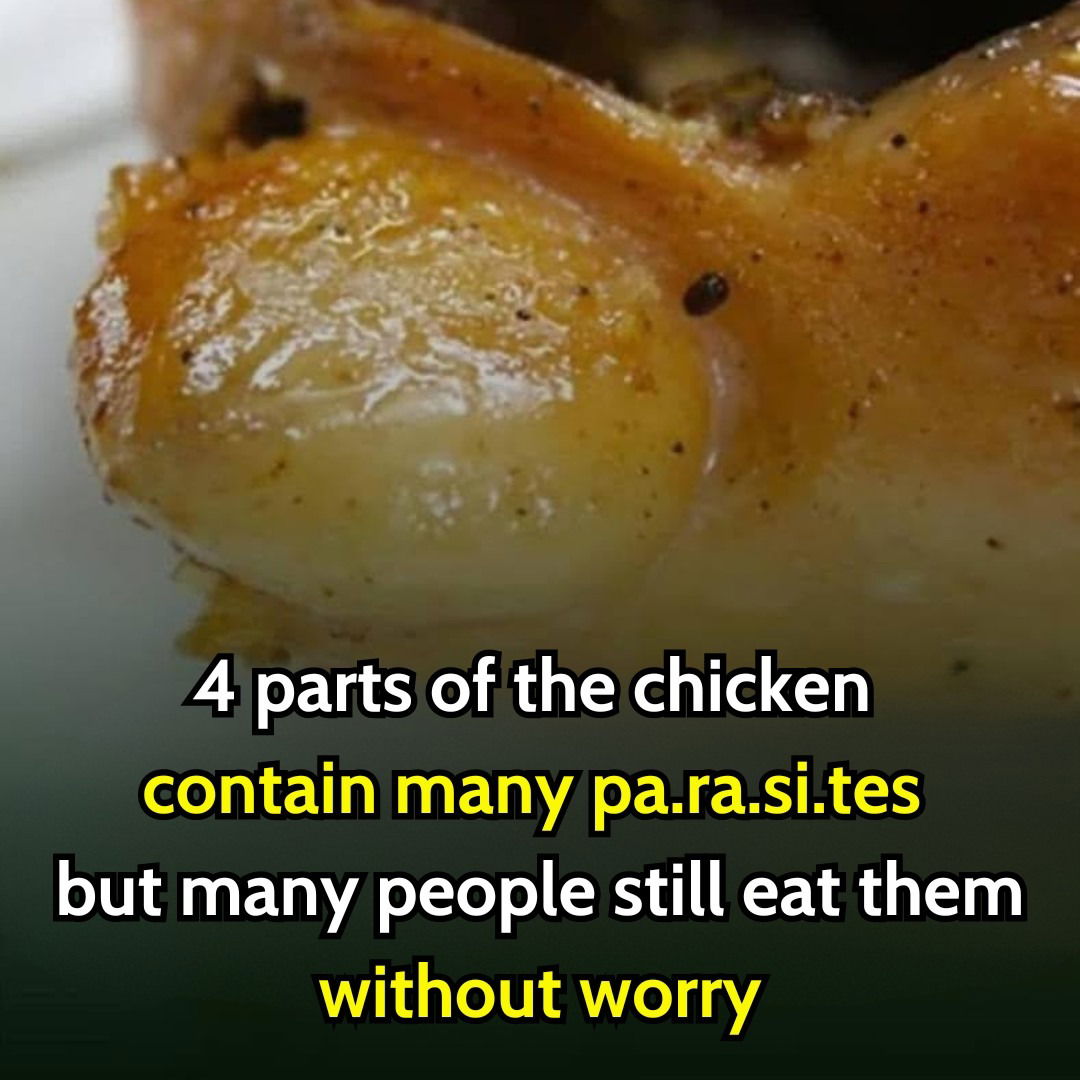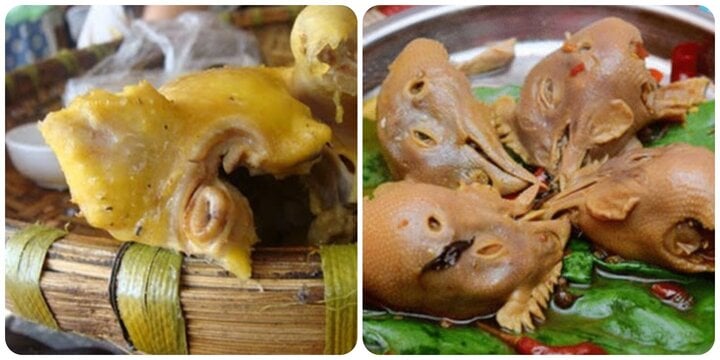
We’ve all experienced it: craving a midnight snack and remembering the tasty chicken or beef left out on the kitchen counter after dinner. The big question is—is it safe to eat, or are you tempting fate with potential food poisoning?
Understanding the “Dan.ger Zone”
The “danger zone” in food safety refers to temperatures between 40°F (4°C) and 140°F (60°C), where bacteria can grow rapidly, potentially doubling every 20 minutes. Keeping cooked meat in this range for too long can lead to excessive bacterial growth, significantly raising the risk of foodborne illnesses.
Chicken: A Haven for Bacteria
Chicken, in particular, is prone to carrying harmful bacteria like Salmonella and Campylobacter. Allowing cooked chicken to sit at room temperature for hours creates an ideal environment for these pathogens to multiply. It’s strongly advised against eating chicken that has been left out overnight due to the high risk of foodborne illness.

Beef: A Bit More Resistant, But Still Ri.sky
Beef, with its lower moisture and higher acidity than chicken, is less prone to bacterial growth. However, this doesn’t mean it’s immune. Leaving cooked beef out overnight still carries a risk, and eating it is not recommended.

The 2-Hour Rule: A Key Safety Tip
Food safety experts advise against leaving perishable foods at room temperature for more than two hours. If the temperature is above 90°F (32°C), this window drops to just one hour. After these time limits, the likelihood of harmful bacteria growing increases drastically, making the food unsafe to consume.
4 parts of the chicken contain many pa.ra.si.tes but many people still eat them without worry

Many people still eat them without knowing their harmful effects
Although chicken is tasty and nutritious, it is suggested that you avoid the following four parts:
1. Chicken skin.
Many people prefer eating chicken skin due to its crispy texture and flavor. However, chicken skin contains a lot of fat and, if not thoroughly cleansed, can retain parasites and germs.
2. Parsons’ Nose (Pygostyle)
This portion of the bird is frequently preferred for its distinct flavor and texture. Despite this, the parson’s nose has lymphoid tissue, which may host pathogenic germs and viruses, making it dangerous to ingest.

3. Chicken lungs
Chicken lungs, like other internal organs, help to cleanse the body and might still retain parasites and germs after cooking. Consuming them might cause pain and potential health risks.
4. Chicken Head.
Chicken heads are sometimes consumed for their distinct flavor and texture. They do, however, contain germs, poisons, and heavy metals, which can build in the body and cause health hazards, particularly to youngsters.
To prevent health hazards, avoid eating chicken portions with high levels of parasites and germs.



















